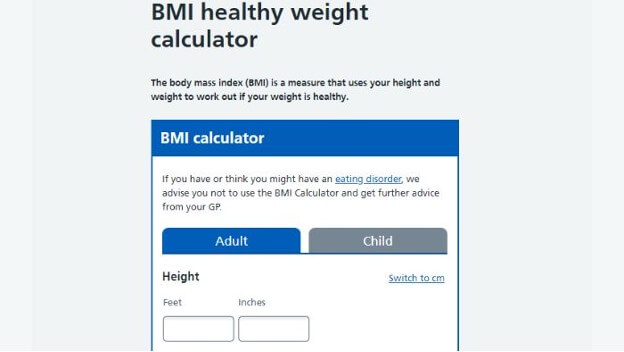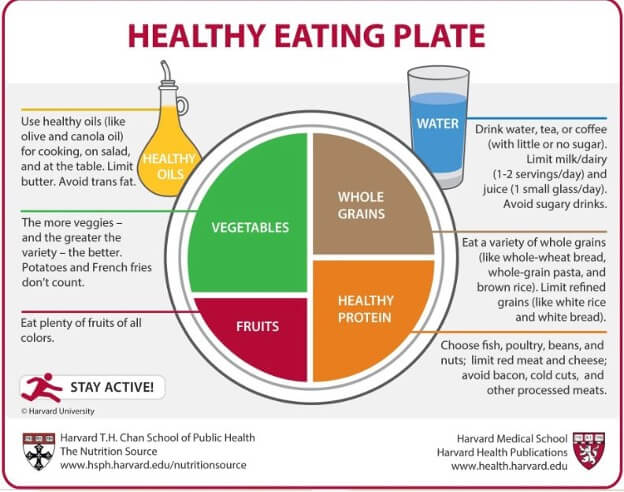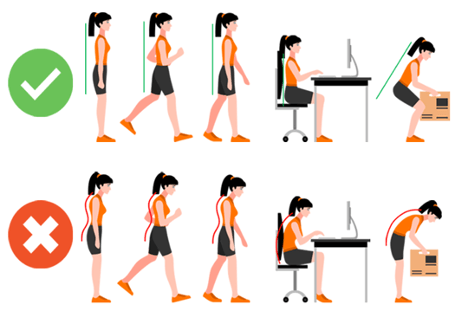Good orthopedic health is essential for leading an active and fulfilling life. Our joints and bones provide the foundation for movement, stability, and well-being. That’s why you have to maintain their strength.
Our joint and bone density may decrease as we age, leading to orthopedic issues such as knee arthritis, osteoporosis, and facet joint syndrome. It’s necessary to prevent those bas cases by practicing healthy habits.
From nutrition and exercise to lifestyle choices and preventive measures, we will explore the key strategies to help you safeguard your orthopedic health and minimize the risk of injuries. Let’s explore the top eight tips below!
Why Strong Joints and Bones Are Important
There are some reasons why preserving strong bones and joints is essential. They provide vital support and stability for optimal mobility when we engage in physical activities, such as walking, running, and standing.
Moreover, strong joints and bones act as a protective framework, reducing the risk of knee popping, nerve pain in the knee, and calf muscle twitching. They absorb impact and distribute forces efficiently, minimizing the strain on surrounding tissues and structures.
This issue is important for athletes and individuals engaged in sports or physically demanding activities. Maintaining joint and bone strength improves agility, power, and endurance, enabling individuals to achieve peak performance.
Most importantly, healthy joints and bones help us maintain overall health and achieve long-term independence. We can reduce the risk of chronic conditions, allowing ourselves to age gracefully.
Here are some tips for maintaining strong joints and bones:
#1. Maintain a Healthy Weight
Maintaining a healthy weight is crucial for joint and bone health. As we know, our bones and joints are fundamental support to our weight.

Excess weight places additional stress on our joints, especially the weight-bearing joints such as the knees and hips. Over time, this increased stress can contribute to joint pain, inflammation, and osteoarthritis.
Consider checking your Body Mass Index (BMI) to know your body measurement. Today, BMI calculators are available online. You can also go to a doctor for more accurate information.
#2. Stay Active and Exercise
We need to engage in physical activities to stay healthy. Weight-bearing exercises like walking, jogging, and strength training are vital in promoting bone density and strength. These exercises are simple yet effective in maintaining your metabolism and strength.
When we engage in physical activities, the mechanical stress on our bones stimulates them to adapt and become stronger. Besides, exercise regularly also helps preserve joint flexibility and enhance muscle strength and coordination.
Consider incorporating a variety of exercises that target different muscle groups and joints. Combining cardiovascular exercises, such as brisk walking or cycling, with weight training or resistance exercises.
#3. Eat a Balanced Diet
A balanced diet is necessary for our well-being. However, certain nutrients are particularly important for maintaining strong joints and bones, such as Calcium, Vitamin D, Vitamin C, Vitamin K, magnesium, and omega-3 fatty acids.
Dairy products and leafy greens are sources of Calcium essential for bone strength. Vitamin D helps improve Calcium adsorption. You can get Vitamin D for free through exposure to sunlight or by consuming foods like fatty fish and fortified dairy products.
Consume fruits, vegetables, whole grains, lean proteins, and healthy fats to obtain essential nutrients for optimal orthopedic health. Additionally, reduce your daily consumption of fast food, sugar, and other unhealthy foods.
Here’s a recommended diet plate:

#4. Practice Good Postures
Proper posture is crucial because it ensures that our body weight is evenly distributed, reducing unnecessary joint stress. It helps maintain the natural alignment of the spine and minimizes the risk of developing musculoskeletal imbalances or conditions like back pain.
Good postures while working, exercising, and doing other activities enable you to alleviate strain on your joints and maintain optimal joint and bone health. One big question that arises is: how to do a good posture? Here are some practices.
- Sit upright with your back aligned to the chair and ensure your shoulders are relaxed.
- Stand tall with your head aligned over your shoulders, chin parallel to the ground, and weight evenly distributed on both feet.
- Maintain a neutral spine position when lifting heavy objects by bending your knees and using your leg muscles instead of putting excessive strain on your back.

#5. Stop Smoking and Drinking
Smoking and excessive alcohol consumption can harm joint and bone health. Smoking can potentially decrease bone density and impair bone healing, making smokers more susceptible to fractures and osteoporosis.
Similarly, excessive alcohol consumption can contribute to decreased bone density and increase the risk of fragile bones, fractures, and osteoporosis. Additionally, excessive smoking and alcohol can also cause erectile dysfunction in men.
This specific health issue can be minimized by consuming medicine. The Cenforce 100 mg and Kamagra Oral Jelly are one of the best and extremely popular medicines that can be effectively utilized for curing impotence. It is a highly convenient treatment for curing erectile dysfunction issues.
#6. Avoid Excessive Strain
Subjecting our joints and bones to excessive strain can lead to injuries and long-term damage. This case includes engaging in repetitive movements, prolonged periods of standing or sitting, or lifting heavy objects without proper technique.
Such activities place undue stress on our joints and bones, leading to long-term pains if done continuously. If your job requires you to put a strain on your body, consider the following tips to avoid injuries.
- Take regular breaks and change positions if your job requires prolonged sitting or standing to prevent joint stiffness and strain.
- Use proper lifting techniques like bending your knees and keeping a straight back when lifting heavy objects.
- Engage in various exercises that distribute the load on different joints and muscle groups rather than repeatedly performing the same high-impact movements.
#7. Get Regular Check-Ups
Regular check-ups can detect any potential orthopedic issues. Through physical examinations, medical history reviews, and diagnostic tests, healthcare professionals can identify signs of osteoporosis, arthritis, or joint degeneration, enabling prompt intervention and treatment.
They can recommend exercises, lifestyle modifications, and dietary adjustments tailored to your needs and risk factors. Examples of regular check-ups include visiting orthopedic specialists, rheumatologists, or primary care physicians who can assess your joint and bone health.
Takeaway
Prioritizing orthopedic health as early as possible sets the foundation for a more vibrant future. Strong joints and bones are vital for mobility and flexibility in everyday activities.
The tips mentioned above can contribute to maintaining strong bones and joints in various ways. Implementing those tips into our daily lives can promote the strength and longevity of our joints and bones. We can pave the way for a future where our joints and bones remain resilient, allowing us to enjoy an active and fulfilling life.
